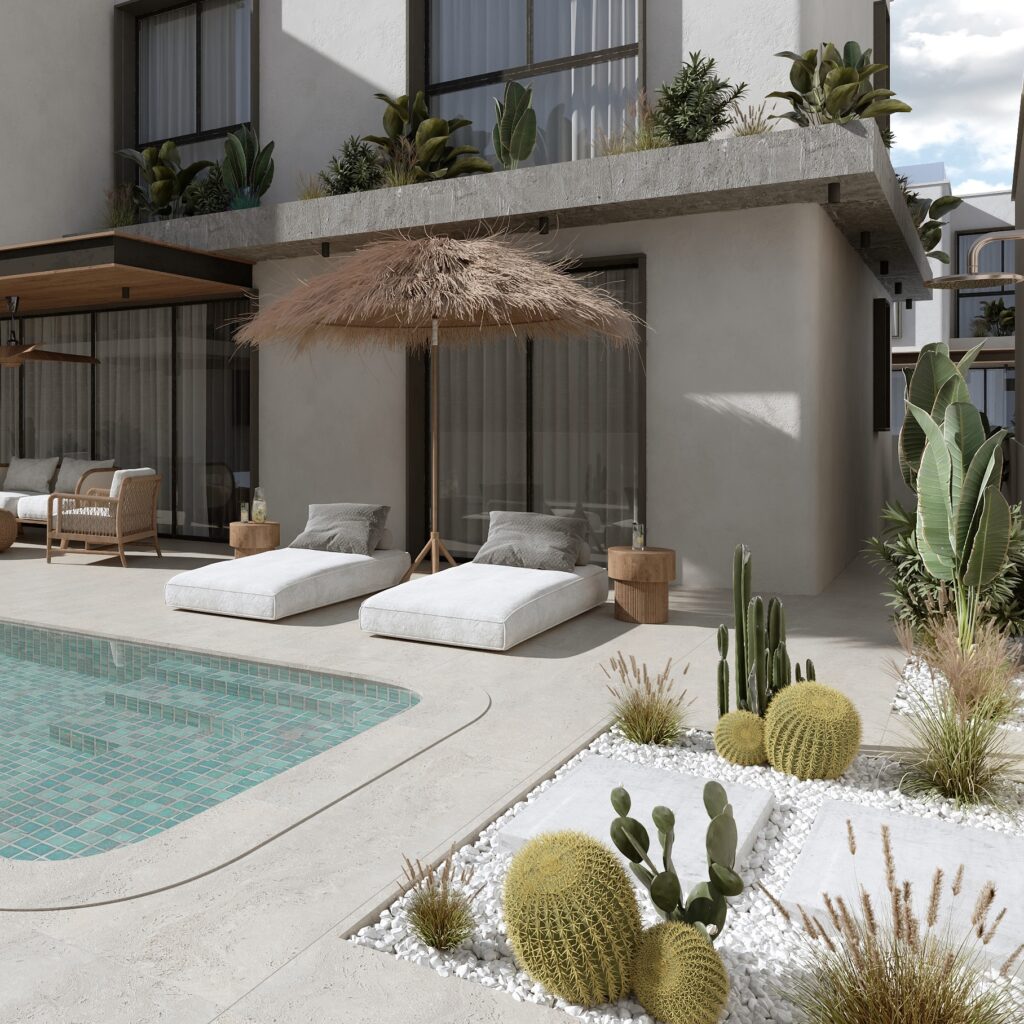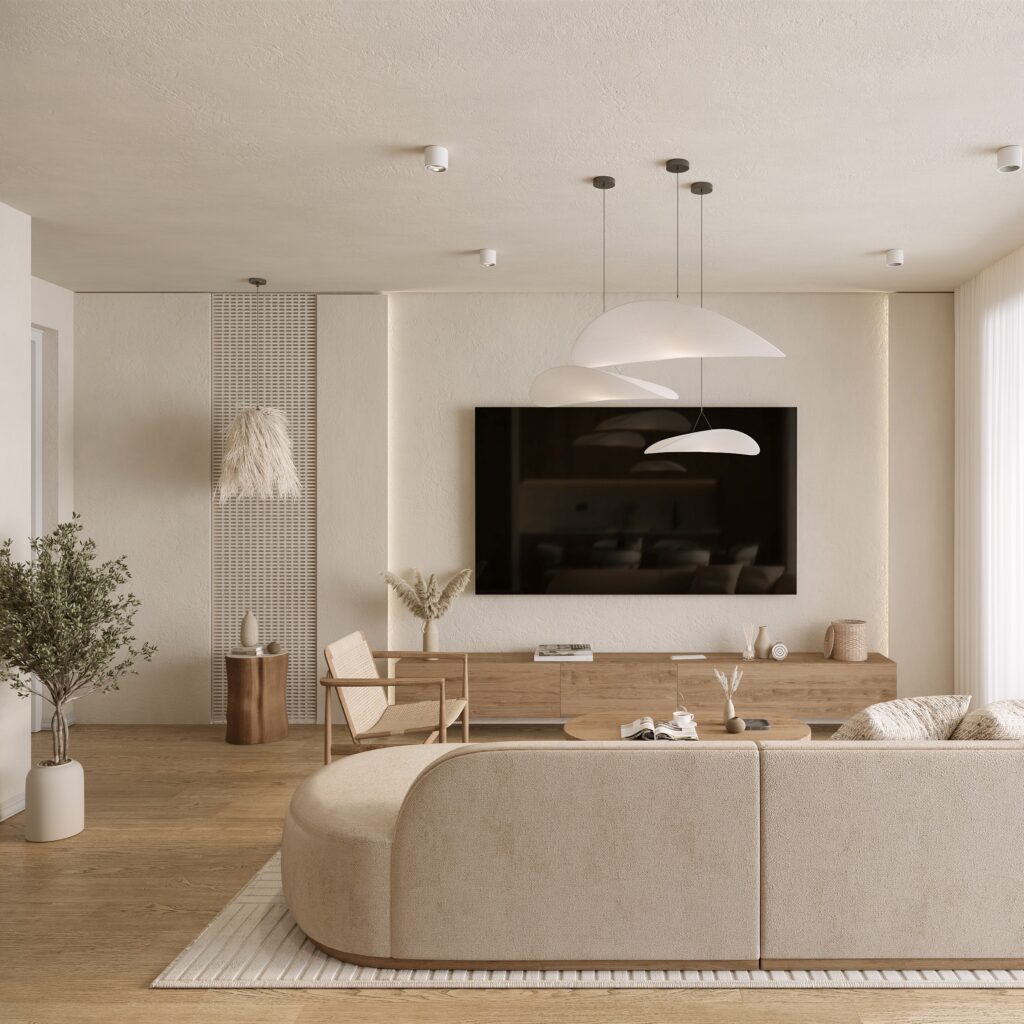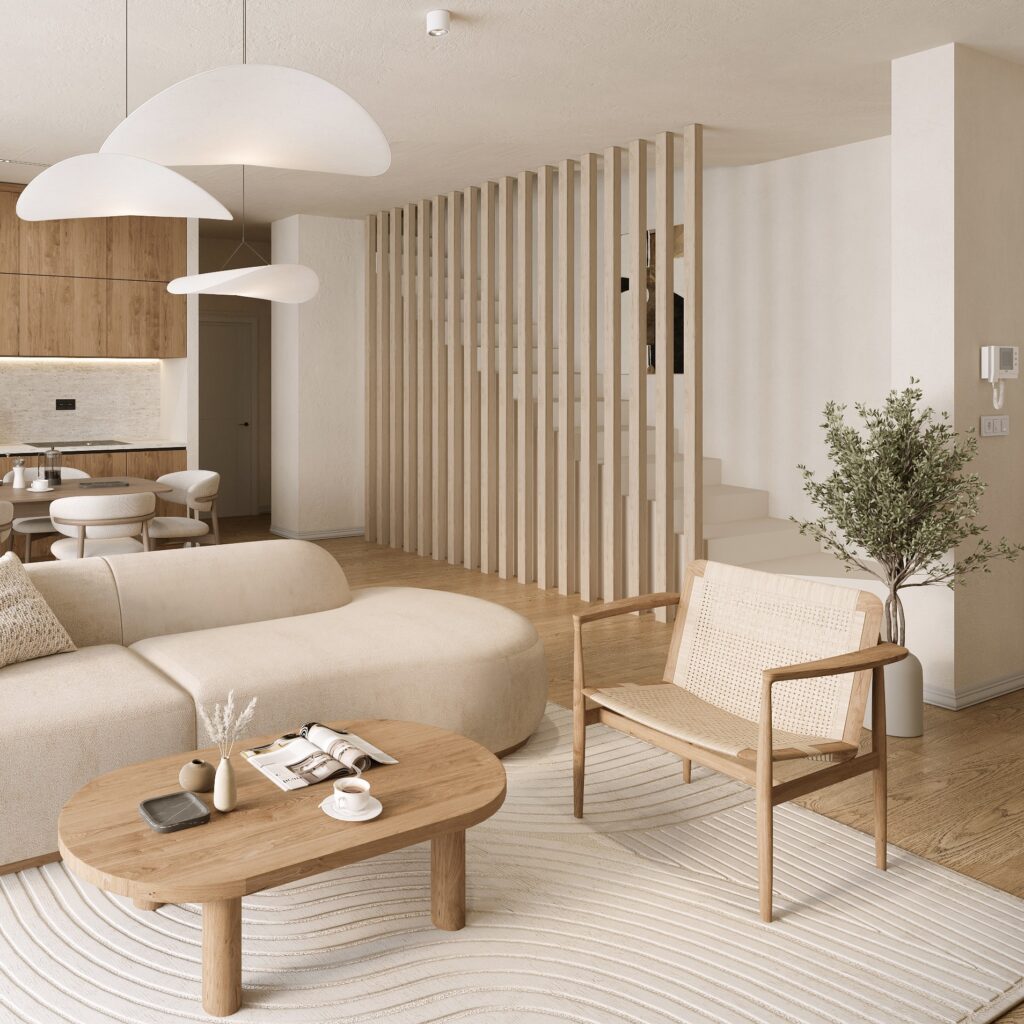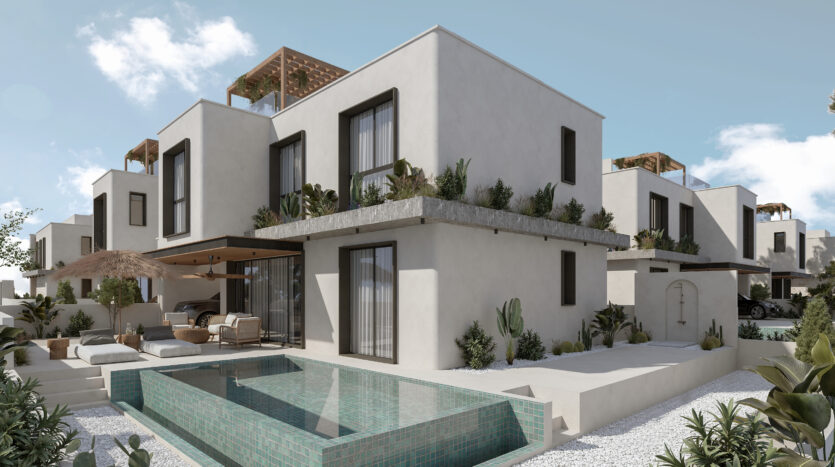Japandi-Style: Everything You Need to Know About This Harmonious House Concept
A combination of Japanese and Scandinavian aesthetics, with a calm, casual and organic look.

Though it may seem like a trendy buzzword, Japandi style in interiors is anything but a new aesthetic. A mashup of Japanese interiors and Scandinavian interiors—both of which have centuries worth of personal history—the roots of these intertwined aesthetics run deep. “Maybe some people think Japandi just happened, but the relationship between Japan and Scandinavia started a long time ago,” says Laila Rietbergen, the author of Japandi Living (Lannoo Publishers 2022) and owner of the popular Instagram account @japandi.interior. Though centered on tranquil, minimalist, and functional interiors, the aesthetic often permeates into more than just the look of a home. “This design style and principles truly supported a healthy meaningful lifestyle,” Shanty Wijaya, an interior designer and owner of AllPrace tells AD. “It teaches us to find beauty in imperfection, form deep connections to the earth and nature, and enjoy the simple pleasures of life.”
What is Japandi-style?

In the most basic sense, Japandi style is a mixture of Scandinavian design and Japanese design. “It is the East-meets-West design movement. It blends Japanese artistic elements and wabi-sabi philosophy with Scandinavian comfort and warmth or hygge,” Wijaya explains. “Both Japanese and Scandinavian design aesthetics are focused on simplicity, natural elements, comfort, and sustainability.”
Rietbergen, who is from The Netherlands, fell in love with the Japandi decor and interiors after a trip to Japan in 2018. “One of the reasons I love Japandi is because it’s a blend and more than one interior style,” she says. Generally, Japandi interior design makes use of neutral colors, high-quality and natural materials, and an emphasis on greenery and nature. “In both Japan and Scandinavia, people love to spend time in nature and bring nature into their home,” Rietbergen says. “This resonates not only by using natural materials like wood and linen, but also in the use of organic shapes and combining different shapes.”
History of Japandi homes

Japandi homes, though a more established style now, date back hundreds of years. “After the closed-border policy of Japan, which lasted for around 200 years, they opened their borders in the mid 1850s,” Rietbergen explains. Scandinavian designers and artists began visiting Japan and quickly became enthralled with the Japanese style. “They were very enthusiastic about the country, culture, and all the amazing items in the shops. These items became an inspiration for a lot of artists and designers in Scandinavia,” Rietbergen continues.
Part of the reason this happened, according to both Rietbergen and Wijaya, is that the two styles already have many similarities, making the partnership that much easier to form. “Japanese and Scandinavian have a lot in common in terms of design and aesthetic: They both put high value in simplicity; good quality, natural material; and craftsmanship,” Wijaya explains. “Based on their similarity, the marriage between Japan and Scandinavia design movement was born, and it works harmoniously, elevating each other to the next level.”
Is Japandi coming back to style?
The lime-washed grey walls in the kitchen create a stone-like aesthetic, which is common in Japanese design. The entryway embraces the natural comfort found in Scandinavian design.
Though it has been around for quite some time, Japandi is not out of style. In fact, some may say it’s more popular than ever—it cemented itself in our design lexicon in early 2022, making it particularly relevant. Among many interior design styles, Japandi has a lengthy history. Its continued relevance and desirability means it’s likely not going away anytime soon. Nonetheless, even if it were out of style, it’s still important to do what you want in your home. “I’m not the biggest fan of saying what people must or must not do,” Rietbergen adds. “Personally I think a space, especially your own home, should feel good for you.”
Defining elements and characteristics of Japandi style

Japandi Interior Design
Though not exhaustive, Japandi interiors often make use of the following.
- Emphasis on organic and natural materials like:
- Wood
- Stone
- Paper
- Cotton
- Rattan
- A neutral color palette with an emphasis on darker and earthy tones like:
- Brown
- Green
- Intentional and often functional decor like:
- Teapots
- Books
- Ceramic cups
- Vases
- Uncluttered spaces
- Natural light
- Outdoor landscape design like:
- Aquatic plants
- Cactus
- Bamboo
- Low-lying shrubs
- Sustainable furniture made from natural materials
- Earthy tones tiles
- Benches and tables with clean lines and neutral tones
Japandi Architecture Style
- Emphasis on natural materials, particularly light wood
- A neutral color palette with a focus on lighter colors such as:
- White
- Cream
- Light brown from woods such as birch or white oak
- Clean lines
- Uncluttered spaces
- Natural light
- Volcanic stone


Napa Amaris Villas: The ultimate temptation to invest in your future and enjoy unique moments in a home that combines luxury, comfort, and the natural beauty of the region.
Info: 1st April Avenue 170, 5280 Paralimni. Tel: +357 23 833780. www.giovani.com.cy









